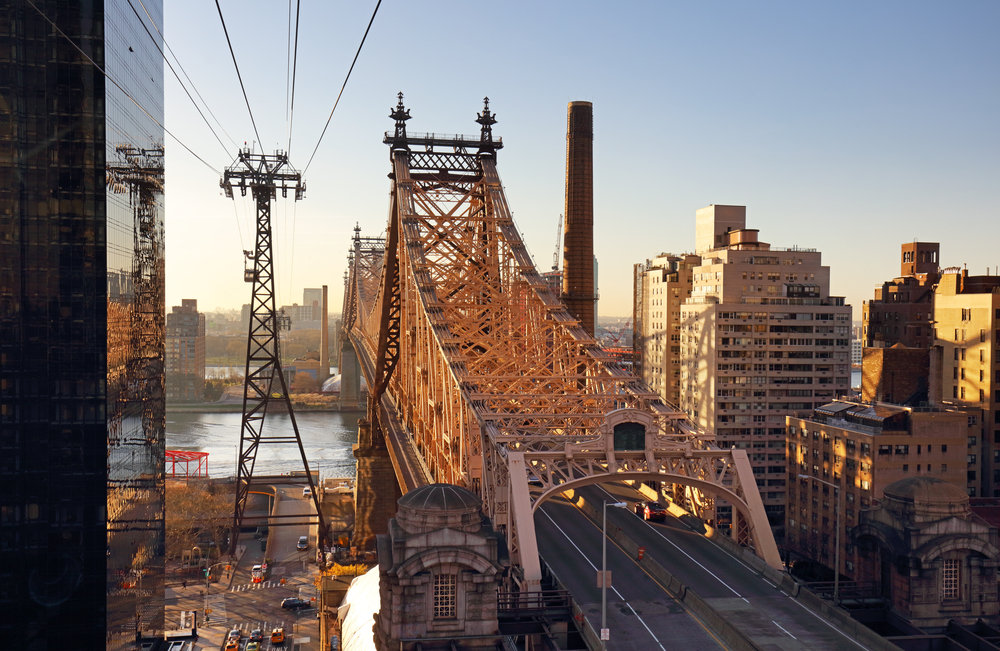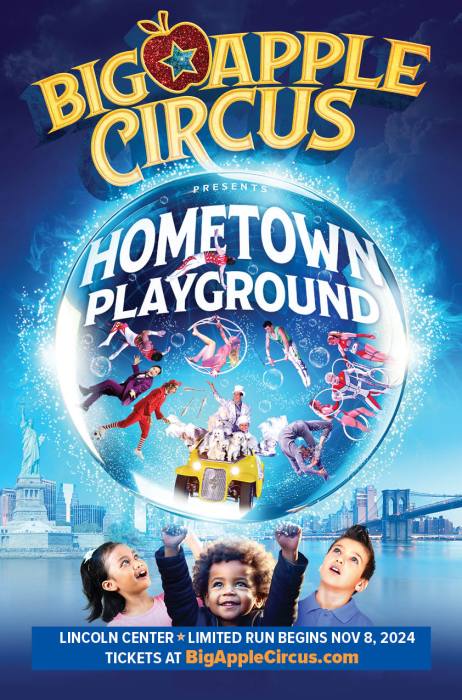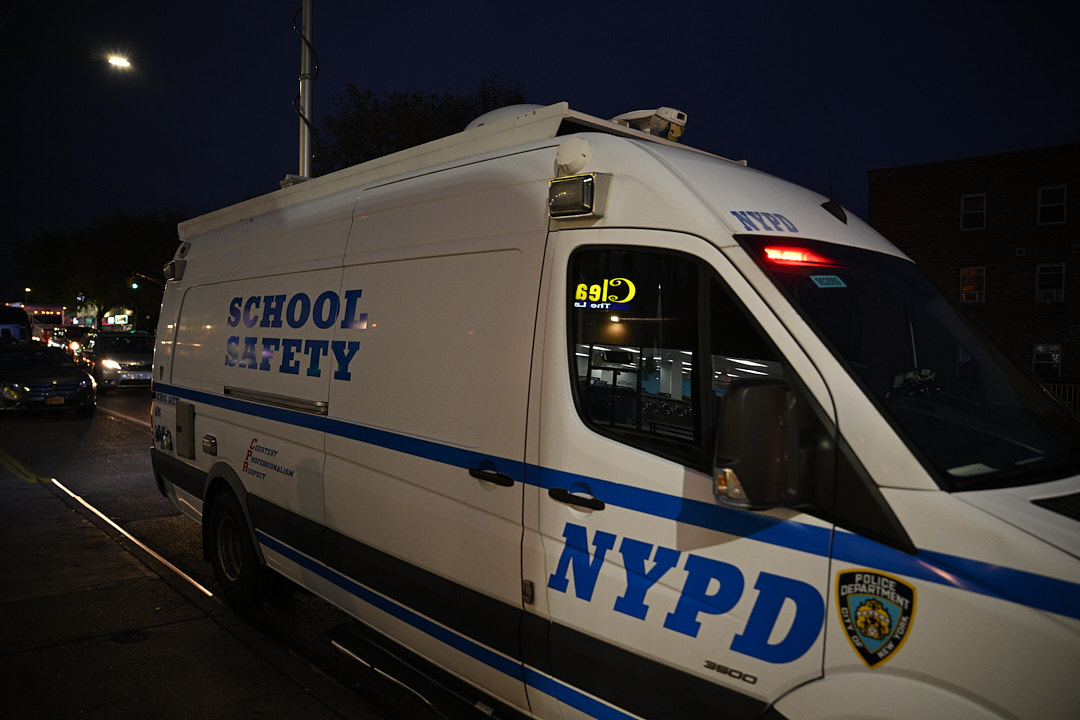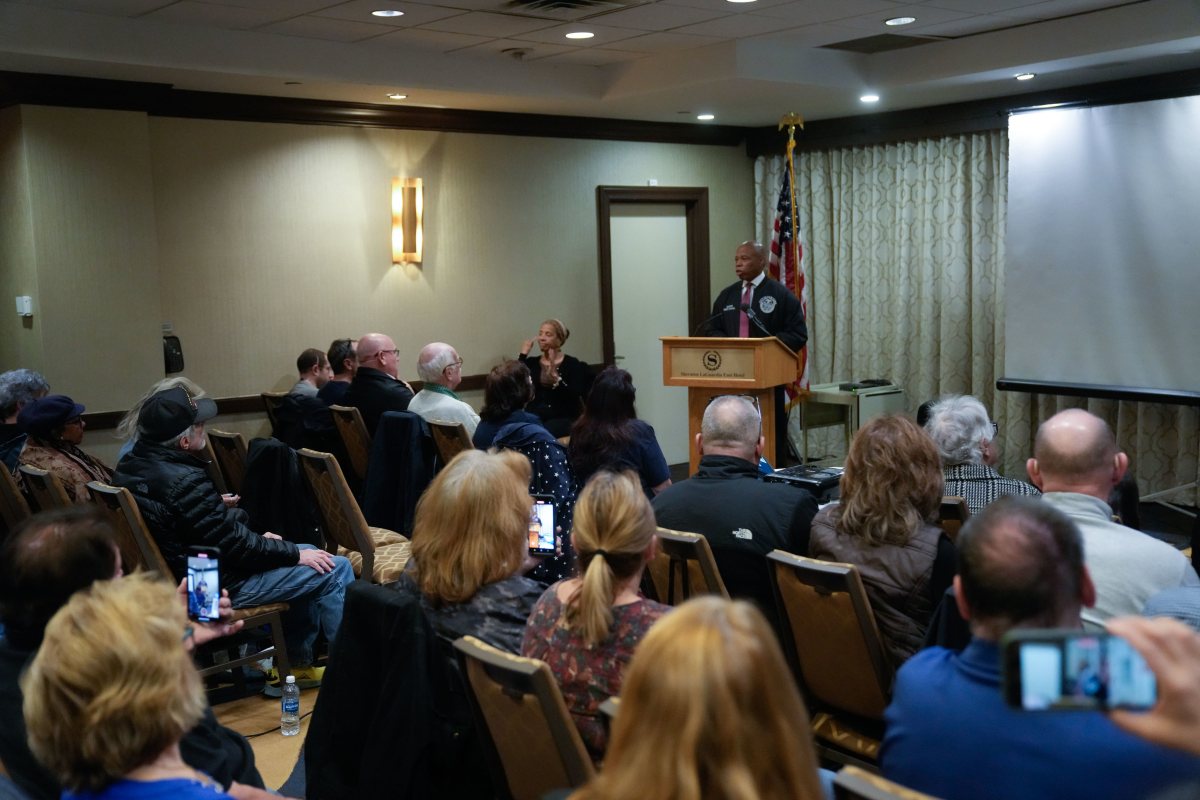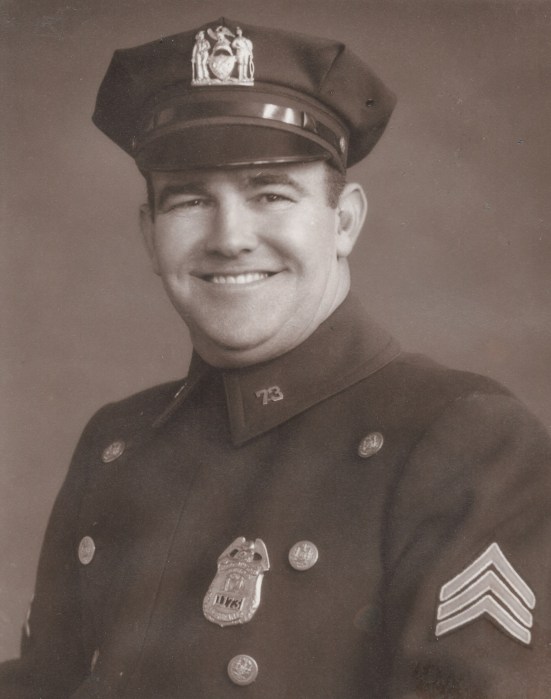For the next two weeks, New York City will be the center of the tennis universe.
The U.S. Open kicks off Monday at the Billie Jean King National Tennis Center in Flushing Meadows-Corona Park and is expected to lure close to 700,000 tennis fans from across the globe.
They come to see the top players in the world and scope out rising stars, grab stadium eats by celebrity chefs, and soak in the excitement at the 42 acre site.
“The U.S. Open is more than a sporting event, it’s a New York event,” said United States Tennis Association (USTA) spokesman Brendan McIntyre. “We love being part of the city landscape.”
And it means big bucks for the city.
The economic impact of the U.S. Open is about $800 million. It employs roughly 7,000 people and accounts for 16 percent of all NYC hotel occupancy during its two weeks, according to the Queens Tourism Council.
But despite its status as a Grand Slam event, the U.S. Open has never had the broad appeal of the Super Bowl or the World Series. And some still view tennis as a stuffy sport for the privileged few.
In recent years, the USTA has tried to counter that notion, through efforts to reach more fans with special free and low-cost events such as Arthur Ashe Kids’ Day, Queens Day and a Community Day on Sept. 7.
This year, for the first time ever, the USTA ventured into Manhattan with the U.S. Open Experience at the South Street Seaport. The area was transformed into a miniature version of the tennis center with games, food, visits from players and other activities.
“To have a Grand Slam event in New York is incredible,” said tennis legend John McEnroe, who thinks having more American players in the top ranks would help spark the interest of additional fans.
“I would like to see the buzz come back to tennis,” said McEnroe, a four-time Open champion and Queens native. “Maybe I’m biased but back when I was playing, it seemed like it was really exciting.”
Over the years, American players like McEnroe, Arthur Ashe, Billie Jean King, Jimmy Connors and Chris Evert made headlines during the Open. Six-time winner Serena Williams is on maternity leave but still the talk of the tournament as people wonder if her baby will be born sometime in the next two weeks.
The 2017 U.S. Open also marks 20 years since the opening of Arthur Ashe Stadium — the centerpiece of the tennis complex — and 40 years since the event left its longtime home at the West Side Tennis Club in Forest Hills.
“When it’s in your backyard, it really becomes part of the fiber of who you are,” said Queens Borough President Melinda Katz, who grew up just blocks from the Forest Hills stadium. “You would see Jimmy Connors and Chris Evert on Austin Street. They were really in the neighborhood.”
But the U.S. Open outgrew Forest Hills and Forest Hills grew tired of the U.S. Open, said Nick Hirshon, author of the book “Images of America: Forest Hills.”
“When Forest Hills didn’t have much of an identity yet in the early 20th century, the U.S. Open brought prestige,” said Hirshon, assistant professor of communication at William Paterson University in Wayne, New Jersey. “By the 1970s, the neighborhood was densely populated and the U.S. Open had become a highly attended international event, so a lot of people viewed it as a nuisance.”
The U.S. Open puts the World’s Borough on an international stage, Rob MacKay of the Queens Tourism Council said.
“We are in everyone’s living room for two weeks,” MacKay said. “When they go to commercials, they show the Unisphere. I think that helps the borough a lot.”
Having the world class event in an “outer borough” still draws snickers from some.
“Celebrate your yearly trip on the 7 train,” reads one Grey Goose vodka subway advertisement.
MacKay chose to take the high road in his response.
“Whoever wrote that ad can take a trip on the 7 train every week for a whole year and not run out of great things to do,” he said.





